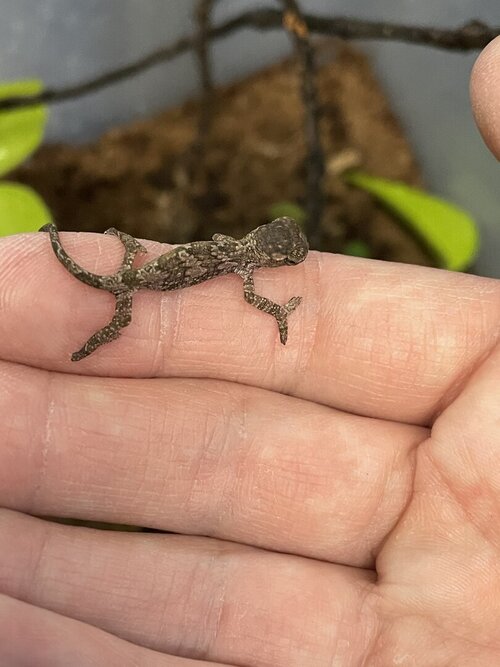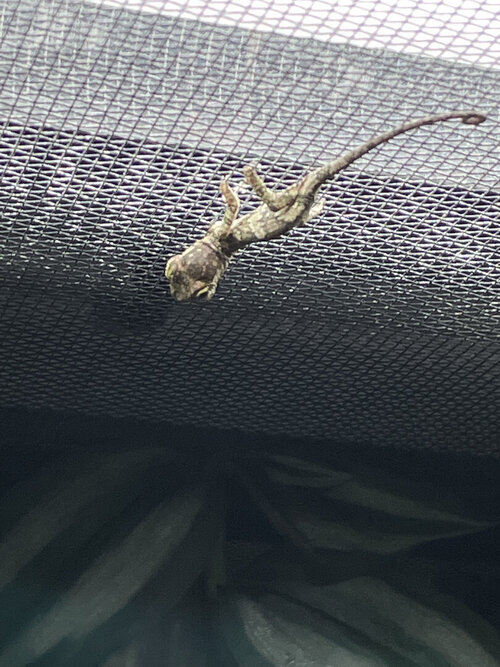Sonny13
Chameleon Enthusiast
I’m doing exactly the same, also for my veiled, and works perfectly. I don’t like the enclosure keeps wet during the day (still with an uncovered cornered screen cage). That with the conducted experiment about the simulated winds, started me thinkingI am also interested to hear more about this.
First, we need someone to go to Africa and tell us if the understory stays damp during the day!
What I am doing, and I do not know if it is right, is running a Zoomed Repticooler at night from about 11-4 during most of the fogger time. It helps to cool but also is blowing gently down from the top of the cage. (Screen with 3 sides covered) It helps the fog go over the cham and out so nothing is stagnating.
Again only time will tell if this is the best option.









